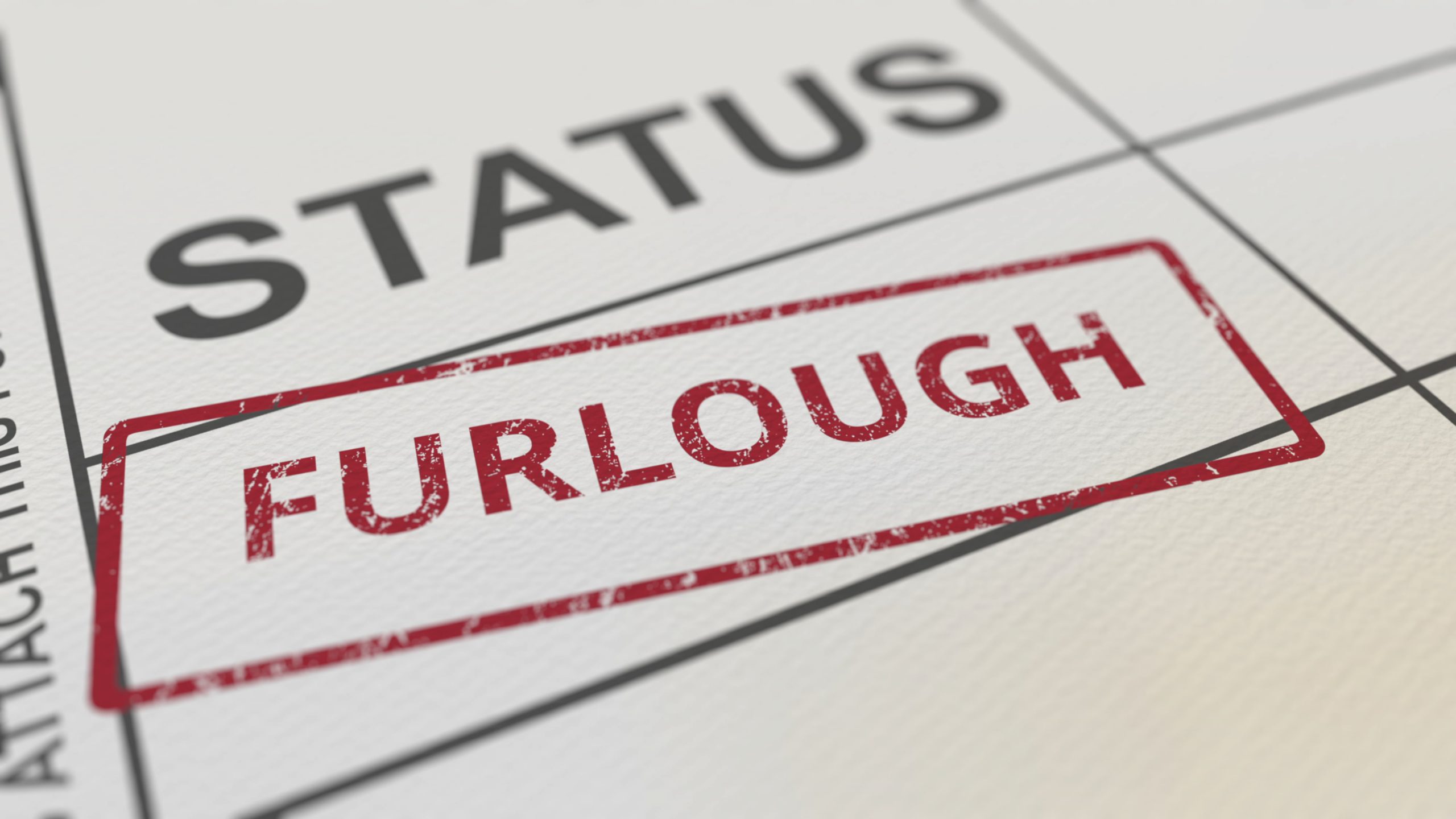Household Bills
Winding down of furlough sparks redundancy concerns

The Coronavirus Job Retention Scheme starts to be wound down this week, sparking fears of a fresh wave of job losses.
From Thursday, employees will have to start contributing more to the wages of furloughed staff.
Rather than covering 80 per cent of wages, the government will only pay 70 per cent, with employers expected to pay the remaining 10 per cent plus national insurance and employer pension contributions.
This marks the first step in the winding down of the flagship wage subsidy scheme. In August and September, the state will pay 60 per cent and employers will have to pay 20 per cent. The scheme is then expected to end for good at the end of September.
The beginning of the end of furlough may not affect workers straightaway, but it will spark fears of redundancies as companies struggle to afford the extra costs.
According to the Office for National Statistics (ONS) 1.5 million people were still on furlough at the start of June 2021 and a third (35%) of businesses that temporarily closed or paused trading have low confidence of surviving the next three months.
Danni Hewson, financial analyst at AJ Bell, said: “For the millions of people still on furlough the next few months bring agonising uncertainty. Will they still have a job once the scheme comes to an end in September or have their jobs become zombie positions and ones their employer is unable to sustain once they have to start chipping in?”
Anthony Morrow, co-founder of online financial advice service OpenMoney, said finding more money to cover a portion of wages for those on furlough may be “the final nail in the coffin” for businesses that are already struggling with cash flow.
He said: “The end of the furlough scheme could spell financial disaster for many younger workers, in particular, who have been disproportionately impacted by the coronavirus crisis and are now facing further uncertainty from an already vulnerable financial position.”
Sarah Coles, personal finance analyst at Hargreaves Lansdown, is slightly more optimistic on the subject of redundancies, saying the tapering of furlough is “unlikely to widen job losses this time round.”
This is not the first time the furlough scheme has been tapered. The last time was in September when several million people were using the scheme. The tapering, which was announced the previous spring, spooked employers and led to redundancies increasing by a record 181,000 in the July-September quarter.
“Last time, when the support for jobs was kicked away, employment collapsed, but this time round both the economy and the jobs market are on a much firmer footing. However, an awful lot still remains in the balance,” said Coles.
“Of course, if there’s anything that the past 18 months has taught us, it’s that we can’t rule out a sudden and unexpected shock. The Bank of England has warned that people who gave up looking for a job during the pandemic could start looking again as they are vaccinated or as they see vacancies rise. This could mean a rise in unemployment as well as employment.
“Meanwhile, with infections rising, there’s always the risk of more delays to the economy reopening, and even the outside possibility of more closures. It means unemployment has the potential to catch us by surprise.”